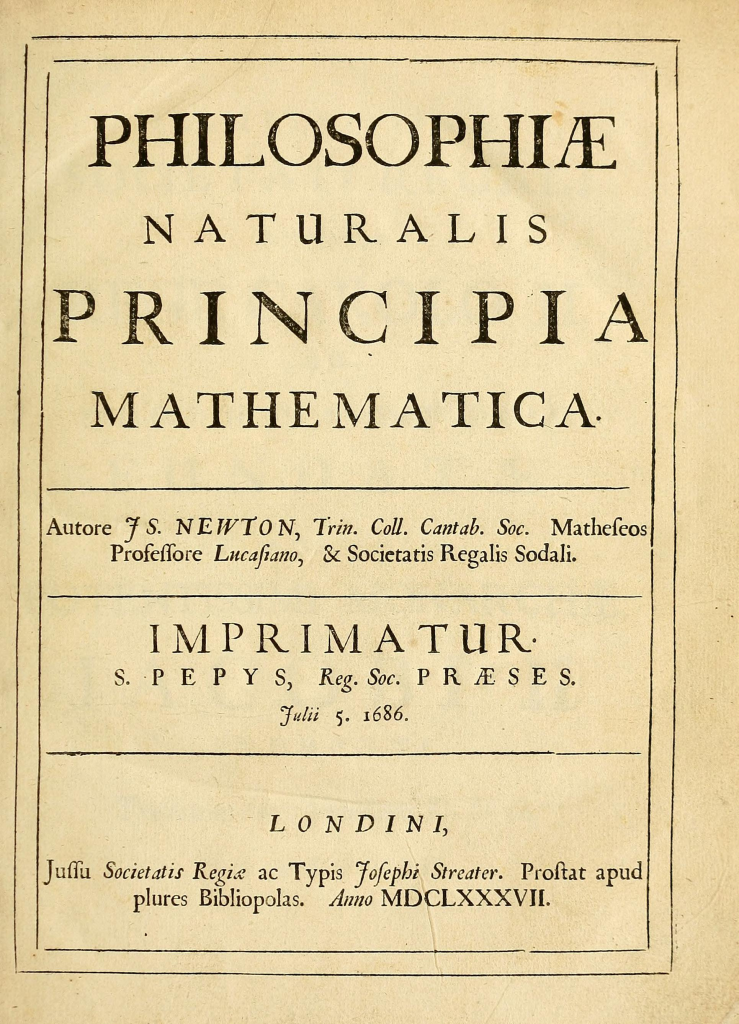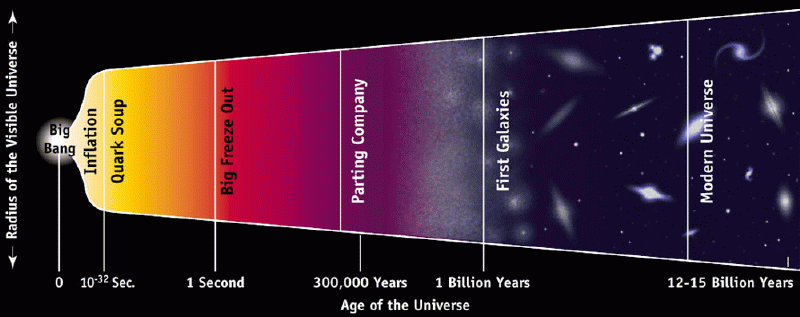Science Seen Physicist and Time One author Colin Gillespie helps you understand your world.
At the Same Time . . .

Sir Isaac Newton was a serious two timer long before that term took on its modern meaning. In 1687 he spoke of two kinds of time:
Absolute, true, and mathematical time, of itself, and from its own nature flows equably without relation to anything external, and by another name is called duration; [and] relative, apparent and common time is some sensible and external (whether accurate or unequable) measure of duration by the means of motion….
In so speaking he turned loose ideas that still furrow many brows.
Newton saw absolute time and space as reality. They set the stage for understanding motion. In 1905 Einstein’s special relativity (SR) introduced relative time and space. Minkowski’s spacetime merged them. Italian physicist Antony Valentini says:
Unfortunately, after 1905, the dogma of Newtonian space-time was quickly replaced by the dogma of (local) Minkowski space-time.
Today two views of time—remarkably akin to Newton’s two-timing—dominate the physics scene. Some see time as relative (dependent on one’s motion) and as merged with 3-D space in a 4-D spacetime. And some see time as absolute and quite distinct from space.
The first view is found mainly in the context of SR. As Valentini notes it is a local concept, a mathematical description he calls ‘not a fact about the world but merely a convenient convention’. The second view is found mainly in the context of cosmology and hand-in-hand with Einstein’s general relativity (GR). It is a large-scale view that aims to grasp the cosmic facts. As we saw last week, absolute time is central in our study of the universe. A key difference between the two views lies in their concepts of simultaneity. Can we tell if events at distant points are simultaneous?
SR says the observed time between events depends on motion. If one observer sees them as simultaneous, another, moving relative to the first, will disagree. Observation shows simultaneity in relative time to be an illusion.
Cosmology defines 3-D space that evolves from its beginning. The beginning is a reference point for time. The time since the beginning is the same at all points in the universe’s 3-D space. This time, called cosmic time, is absolute. Cosmic time allows all to agree that events at co-existent distant points of 3-D space are simultaneous.
Measurements support both views of time, each in its own realm. And in theory both relative and absolute time can be defined in either SR or GR.
The take-home message is: In physics (and philosophy) the phrase at the same time has two meanings. One of them describes what we see locally in our surroundings; its simultaneity has no objective meaning. The other refers to events on a cosmic scale; its simultaneity is absolute. Today the great mind-adventure of cosmology is often in our daily news. A shared understanding of time’s meanings may help everyone to take part in the universal conversation.
 Dr. Daryl Janzen co-authored this post. He is a Canadian cosmologist and author of “A Critical Look at the Standard Cosmological Picture”, and “Einstein’s Cosmological Considerations”. He provided input to Science Seen posts on “Amazing Space”, “Making Sense of Space”, “Facts and Explanations”, “Losing Time” and “Saving Time”. You can find more information here.
Dr. Daryl Janzen co-authored this post. He is a Canadian cosmologist and author of “A Critical Look at the Standard Cosmological Picture”, and “Einstein’s Cosmological Considerations”. He provided input to Science Seen posts on “Amazing Space”, “Making Sense of Space”, “Facts and Explanations”, “Losing Time” and “Saving Time”. You can find more information here.
Sources:
Isaac Newton (1867), Philosophiæ Naturalis Principia Mathematica , London: Josephi Streater, http://www.gutenberg.org/ebooks/28233; Mathematical Principles of Natural Philosophy, (1729; Andrew Motte, tr.), New York: Daniel Adee, defn. VIII, https://archive.org/details/100878576
Antony Valentini (2008), “Hidden variables and the large-scale structure of space-time”, in Einstein, Relativity and Absolute Simultaneity, William Craig & Quentin Smith (eds.), New York: Routledge, p. 131; http://arxiv.org/abs/quant-ph/0504011
Other Reading:
Colin Gillespie (2013), Time One: Discover How the Universe Began, New York: RosettaBooks, p. 317, http://www.rosettabooks.com/book/time-one/; “About Time”, http://www.timeone.ca/chapters/about-time.pdf
Image sources:
Wikipedia, “Philosophiæ Naturalis Principia Mathematica”, http://upload.wikimedia.org/wikipedia/commons/1/17/Prinicipia-title.png
“General Cosmology”, Ohio State University, http://www.astronomy.ohio-state.edu/~pogge/TeachRes/Ast162/Cosmology/History_FLab.gif

Hello Colin –
Today, I stumbled upon Daryl Janzen’s 2014 paper Einstein’s Cosmological Considerations. In my first reading, I was delighted to find that someone in addition to me believes that time is relative and absolute. Another person who agreed with my perspective on this subject was Freeman Dyson. This was in an email he sent me in 2019 inviting me to lunch with him at IAS in Princeton. Sadly, he died before our meeting could be scheduled. I am currently working on an article titled Is the Big Bang Model a Vulnerable House of Cards?